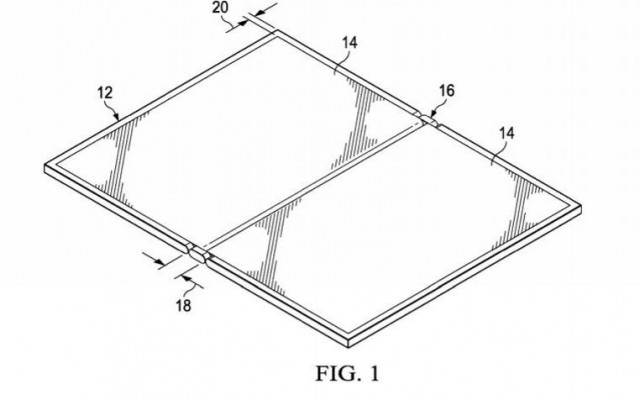Dell Patent Hints at Foldable, Two-Screen Laptop
Forget about foldable smartphones. It's time we get serious about foldable laptops.
Lenovo's upcoming ThinkPad device is the only working laptop we've seen with a foldable display so far. But that could soon change. Published on Aug 8, a Dell patent shows a device with two displays that connect at a center hinge to form one continuous panel. The patent is specifically for the "narrow width dual axes" hinge mechanism that's designed to enable this unique form-factor.
A close look at the included images reveals a slim gap between the two displays. It's not clear if that gap will remain on production units should Dell ever release a laptop with this design. Keeping the gap could improve durability, which has been an issue with early foldable phones, like the Samsung Galaxy Fold. However, using two separate screens instead of a single foldable panel could disrupt the viewing experience when you're spreading content across both panels.
Dell explains that patented hinge was specifically designed to keep two OLED displays "in close proximity to each other" so that content becomes easier to consume.
“Separating a synchronized hinge assembly from a torque mechanism lets width between the axles be driven by gear size independent of torque needs. The torque mechanism shifts away from the gear mechanism to reduce capsize at gear mechanism, providing a cleaner and more eloquent system appearance," the patent reads.
It's important to note that many innovations don't get past the patent stages. Tech companies publish hundreds of patents each year, only for a handful to ever reach consumers. Still, with Lenovo unveiling its own foldable laptop and Intel showcasing strange concept laptops earlier this year, we're hopeful that Dell's unique hinge will come to fruition. And that, when it does, it will put all of our foldable fears to bed.
Credit: USPTO
Sign up to receive The Snapshot, a free special dispatch from Laptop Mag, in your inbox.
Phillip Tracy is the assistant managing editor at Laptop Mag where he reviews laptops, phones and other gadgets while covering the latest industry news. After graduating with a journalism degree from the University of Texas at Austin, Phillip became a tech reporter at the Daily Dot. There, he wrote reviews for a range of gadgets and covered everything from social media trends to cybersecurity. Prior to that, he wrote for RCR Wireless News covering 5G and IoT. When he's not tinkering with devices, you can find Phillip playing video games, reading, traveling or watching soccer.


